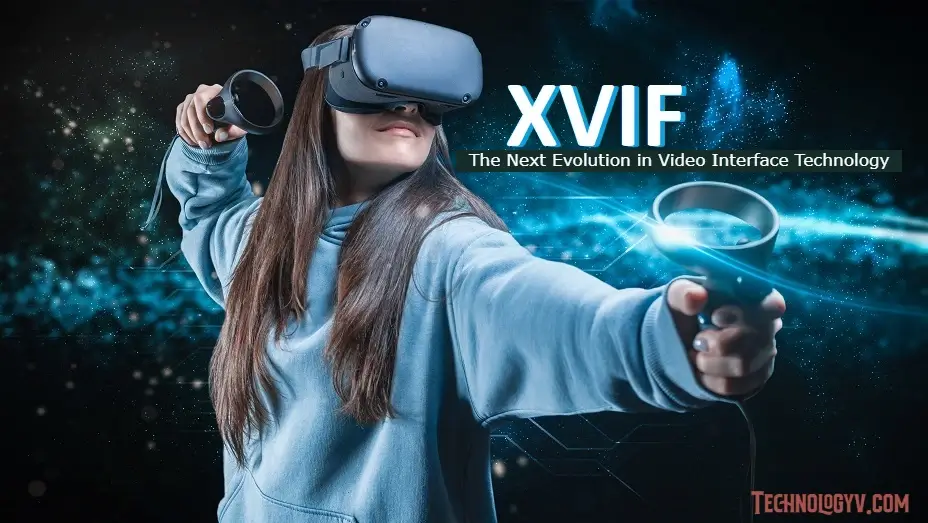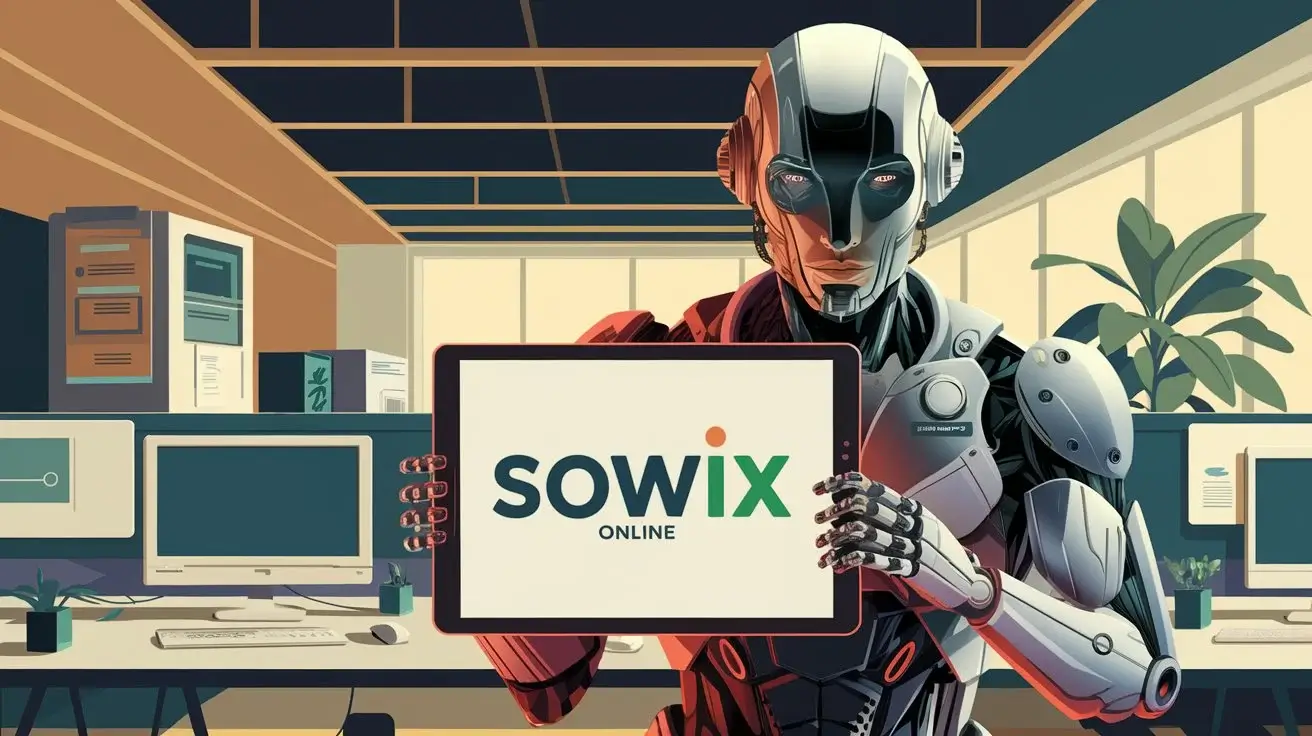Introduction:
In today’s digital age, where every pixel is significant, the demand for high-quality video interfaces has reached new heights.
XVIF which means extended Video Interface is a revolutionary standard that will change the way we connect and interface with displays.
This guide takes an in-depth look at XVIF—its roots, potential, and how it will shape future display technology.
What is XVIF?

XVIF, or eXtended Video Interface, is a proposed video interface standard aimed at enhancing connectivity between devices like computers and monitors.
It promises higher bandwidth, supporting higher resolution and color depths for improved image quality.
XVIF aims to address the growing demand for superior visual experiences in gaming, professional applications, and everyday use.
While still in development, XVIF has the potential to revolutionize the way we interact with displays, offering smoother video playback and reduced latency. Keep an eye on XVIF as it could shape the future of display technology.
The Genesis of XVIF:
The journey of XVIF begins with the ever-increasing demand for more powerful video interfaces. As new screen technology has emerged, so needs higher standards that can support increased resolutions and refresh rates. This technology was born out of these needs to expand the limits of display connectivity.
How Does XVIF Work?
Extended Video Interface works by establishing a high-bandwidth connection between compatible devices to transmit video signals. Here’s a simplified overview of how this technology operates:
- Data Transmission: This technology utilizes a high-speed data transmission protocol to transfer video data between the source device (such as a computer or gaming console) and the display device (like a monitor or TV).
- Signal Encoding: The video signal generated by the source device is encoded using Extended Video Interface encoding scheme, which compresses and formats the data for transmission over the interface.
- Transmission Path: The source and display devices are connected by an Extended Video Interface cable that functions as a physical channel for the encoded video signal.
- Signal Decoding: Upon arrival at the display device, the decoded original format of an encoded video signal allows it to be displayed on a screen.
- Image Display: As soon as the video signal has been decoded, the image processing circuitry within the device will then use its internal components such as a screen panel to convert it into visible images that are shown on screen.
- Continuous Communication: Seamless video playback and display will only occur when there is uninterrupted transmission of data between source and display devices by using this technology which ensures that there is continuous communication between these two devices leading to smooth transmission of video data.
Overall, this technology works by providing a robust and high-performance video interface solution that enables the transmission of high-quality video signals between devices, ultimately delivering an enhanced viewing experience to users.
Advantages of XVIF:
Here are some advantages of XVIF:
- Superior image quality with support for higher resolutions and color depths
- Smoother video playback, reducing lag and improving overall viewing experience.
- Higher bandwidth for faster data transmission between devices.
- Future-proof design to accommodate emerging technologies.
- Enhanced compatibility with upcoming advancements in display technology.
- Potential to elevate standards of visual communication across industries.
XVIF Key features
Here are some key features of XVIF:
High bandwidth: XVIF offers a high data transfer rate, which helps in transmitting video files between devices.
Support for high resolutions: Extended Video Interface can work with ultra-high resolutions to ensure there are sharp and detailed images on compatible displays.
Deep color support: Extended Video Interface enhances the transmission of images having more colors and thus increasing its depth, making it look more lifelike and vibrant.
Low latency: This technology reduces video transmission delay so that videos are played smoothly and responsively; this is very significant in gaming and real-time applications.
Backward compatibility: XVIF has been designed to be compatible with current video output interfaces, allowing them to be integrated without any problems into older machines or systems.
Future-proofing: The future technological advancements in display technology will not affect the performance of this product.
Applications of XVIF
Here are some applications of XVIF:
Gaming: Extended Video Interface improves the quality of images, reduces lagging in inputs, and supports a high refreshing rate, ensuring players are more involved in the game.
Professional applications: In industries such as graphic design, video editing, and medical imaging where productivity and precision require excellent image quality and color accuracy, this technology is vital.
Consumer electronics: By enhancing things like the sharpness of details, movement fluidity, and the creation of vibrant colors on screens like television sets or monitors plus virtual reality headsets; this technology improves our usual viewing experience.
How to Implement XVIF in Your Business?
Integrating XVIF in your business can have numerous benefits, especially if you deal with visual content or need high display quality. This is a step-by-step guide on how to implement this technology into your business.
- You should start by assessing the compatibility of your current gadgets and infrastructure with this technology. Find out if the computers, monitors, and other display devices in use are compatible with this technology or whether they can be upgraded.
- If needed, upgrade your hardware to be compatible with XVIF. This could involve buying computers that use XVIF graphics cards purchasing monitors that are enabled for XVIF or even obtaining adaptors that allow you to connect your existing devices to the XVID-enabled displays.
- The training of staff on using devices that support Extended Video Interface and making effective use of their features is necessary. This comprises knowledge about establishing connections through proper configurations for communicating via XVID along with optimizing display settings because it gives the best performance possible.
- Be part of your existing workflows and processes that require visual content through integrating XVIF. This may cover fields like graphic designing, video editing, presentations, or even multimedia production.
- Explore other features provided by this technology such as high-resolution support, deep color depth, and low latency. Look for ways to use these features to improve the quality and effectiveness of operations in your company.
- Ensure that all devices used in your organization have been enabled with XVIF and are operating optimally by regular performance monitoring. In summary, deal with any issues or worries quickly so you can keep up productivity.
- The latest developments in XVIF technology should be known to you because it will enable you to gain from current updates in the products and also the software upgrades offered by new versions. This could involve periodically checking for firmware updates, driver releases, or new XVIF-compatible products available on the market now.
XVIF vs. Existing Standards:
Compared to existing standards like HDMI and DisplayPort, Extended Video Interface offers several advantages. It provides higher bandwidth, support for higher resolutions, and deeper color depths, resulting in superior image quality and performance.
While HDMI and DisplayPort remain widely used, this technology represents the next evolution in video interface technology, promising even greater capabilities and compatibility.
The Future of Display Technology with XVIF:
The future of display technology is becoming brighter as Extended Video Interface gains momentum on the market.
In a few years, XVIF will be the standard for video interfaces because it is very effective and compatible to the extent that it will change the way we have been dealing with displays.
As technology keeps changing and adapting, this technology shall remain among the leaders in innovation by pushing forward the limits of visual communication.
Conclusion:
In conclusion, Extended Video Interface is more than just a video interface standard – it’s a game-changer in display technology.
With its advanced capabilities, compatibility, and potential for innovation, XVIF is expected to make changes in the ways we feel visual content.
Whether you are a gamer professional or casual user, XVIF has an astounding viewing experience that will surely blow your mind. Ready yourself for the future of display technology with Extended Video Interface. Read More:





